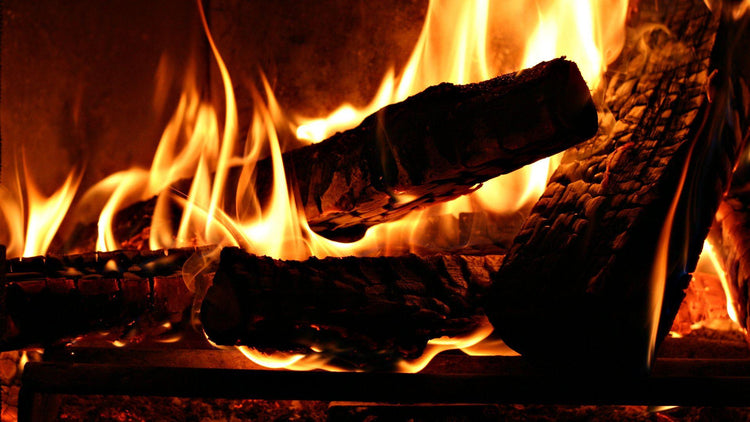As winter approaches and the desire for a cozy home intensifies, many homeowners turn to the timeless allure of wood-burning stoves. Whether you're a first-time buyer or looking to upgrade your current model, purchasing the right wood-burning stove involves careful consideration. In this blog post, we'll explore essential tips to guide you through the process and ensure your investment brings both warmth and aesthetic charm into your living space.
-
Assess Your Heating Needs: Before diving into the world of wood-burning stoves, evaluate your heating requirements. Consider the size of the area you want to heat, the insulation of your home, and your regional climate. Understanding these factors will help you choose a stove with the appropriate heating capacity, ensuring optimal efficiency and comfort.
-
Select the Right Size and Style: Wood-burning stoves come in various sizes and styles, ranging from classic to contemporary designs. Choose a stove that complements your home's aesthetic while fitting into the available space. If you have a larger area to heat, a larger stove with higher heat output may be necessary. Conversely, for smaller spaces, a compact and efficient model is more suitable.
-
Check for Certification: For an environmentally friendly and efficient wood-burning stove, look for models certified by ECO Design or DEFRA. These stoves meet stringent emission standards, ensuring cleaner burning and minimal environmental impact. ECO Design and DEFRA certified stoves not only contribute to a greener environment but also often qualify for local incentives or rebates.
-
Evaluate Fuel Efficiency: Consider the fuel efficiency of the wood-burning stove, as this can impact both your heating costs and the environment. Look for features such as secondary combustion chambers or air injection systems, which enhance combustion and heat production while reducing fuel consumption. A more efficient stove translates to longer burn times and fewer trips to replenish wood.
-
Consider Installation and Clearance Requirements: Ensure that your chosen wood-burning stove complies with local building regulations and installation requirements. Check the manufacturer's guidelines for recommended clearances from combustible materials such as walls and floors. Understanding these specifications will facilitate a smooth and safe installation process.
-
Read Reviews and Seek Recommendations: Before finalizing your purchase, read customer reviews and seek recommendations from reputable sources. Real-world experiences from other buyers can provide valuable insights into the performance, durability, and overall satisfaction with specific wood-burning stove models.
Investing in a wood-burning stove is not just a practical choice for heating; it's an enhancement to your home's ambiance and a source of timeless comfort. By considering factors such as heating capacity, size, style, efficiency, safety features, and local regulations, you can confidently choose a wood-burning stove that aligns with your needs and brings warmth and charm to your living space. Happy heating!

